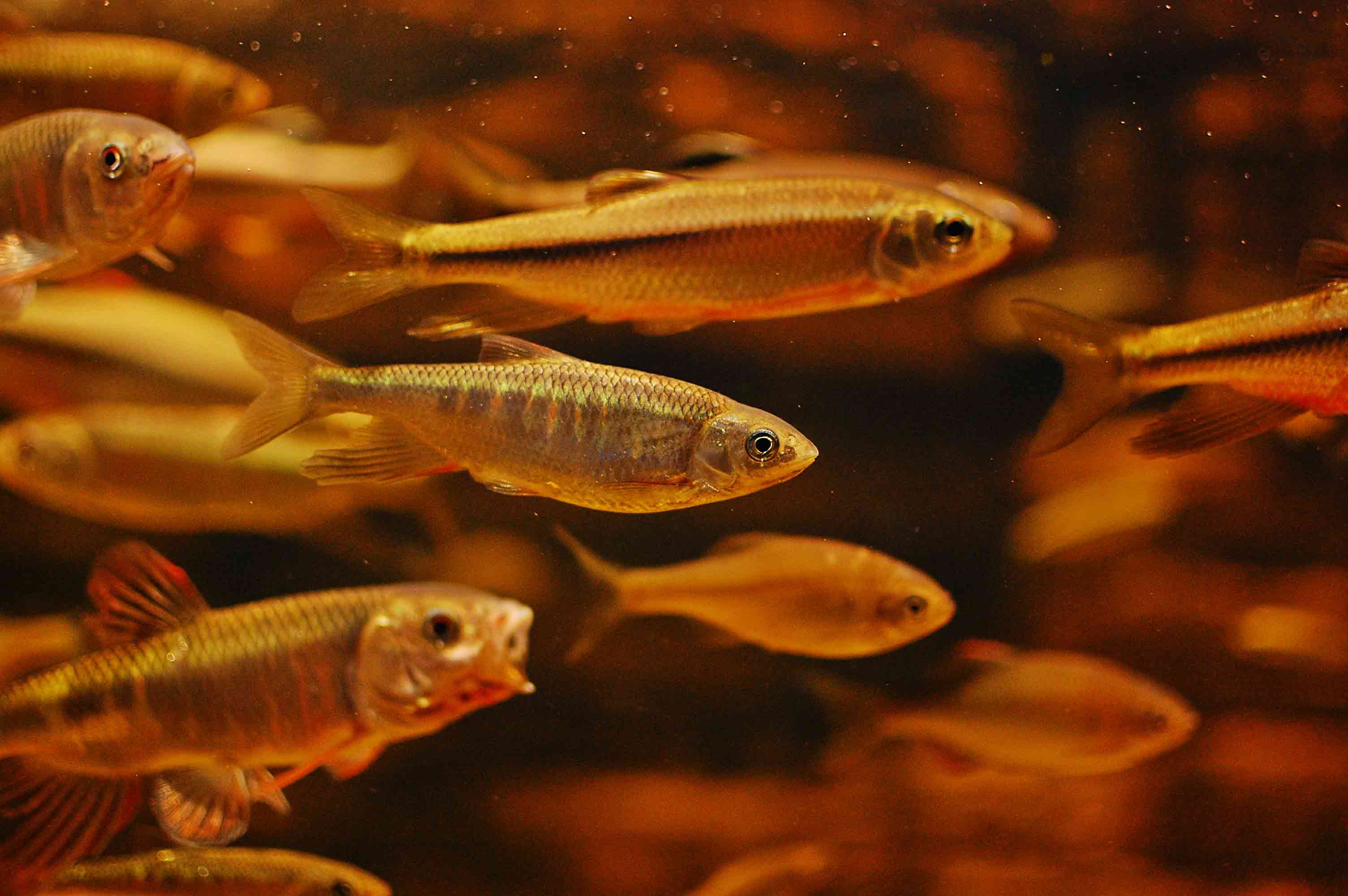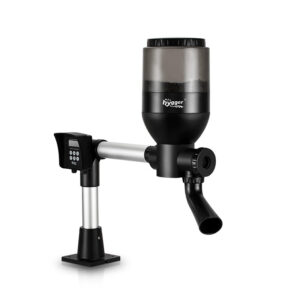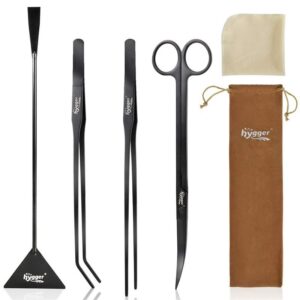Frozen bait is usually composed of bait that was once alive, such as water silkworms, mosquito larvae, brine shrimp (Artemia), cockles, rice shrimp, water fleas, and krill. These natural baits constitute the food of many wild freshwater and saltwater fish.
Content Table
Can We Just Feed Frozen Bait to Fish?
No, frozen bait is supplementary food and should be fed to your fish together with the staple food and dry food.
Their advantage is that they can make the fish feel that these are important foods that they should eat. However, an interesting fact is that although these frozen baits are complete foods, their nutritional value is not high enough to maintain the normal growth of fish for a long time.
To enhance the nutrition of frozen bait, these frozen baits can be soaked or sprayed with vitamin additives, which is very attractive for picky fish (such as seahorses) who are very reluctant to eat dry food.
How to Feed Frozen Bait to Your Fish?
The frozen bait sold in aquarium stores should be stored in a freezer, whether in blister packs or large packages. Bulk bait is a whole big piece of food. You can divide them into many big pieces to feed larger fish, or feed them separately to many fish in the tank.
Frozen bait should be thawed and rinsed before being fed to the fish. This is not because frozen food will harm the fish. This is because once frozen bait comes in contact with warm water, it will melt immediately. The real reason is that the ice that wraps the frozen bait is rich in phosphate and nitrogenous waste. Phosphate is a key factor in inducing the growth of algae.
To remove the ice, just take the cube bait out put it in the fishing net, and rinse it under the tap. Once thawed, the waste in the ice will be washed away and the bait can be placed in the aquarium.
Treat your fish frozen bait just like your own frozen food. If a bag is thawed accidentally, feed it to your fish on the spot or throw it away, don’t freeze it again.

What Is Fish Live Bait?
As the name implies, live bait is alive and is usually available from aquarium stores, such as blood worms, Artemia, water fleas, and sometimes water silkworms and river prawns. Live bait has advantages over frozen bait, not only because live bait itself is considered to be a portion of natural fish food, but in fact, their movement can always stimulate the feeding response of fish, even for the pickiest eaters.
Live bait is natural and helps regulate fish health, but its nutritional value is still very low. Bait like Daphnia and Artemia can be nutritionally fortified before feeding fish, using algae nutrient solution to feed the live bait. In this way, when the live bait is eaten by the fish, the nutrients in the algae will be passed on to the fish. Feeding fish with live bait will also prolong the life of the fish.
There is a problem with live bait. When you feed it to fish, it is often lifeless. This is because live bait needs to constantly eaten to maintain vitality and preserve its nutritional value, but usually, they are packed in airtight plastic packaging bags, and there is no food. The oxygen in the bag is quickly consumed, and the environment in the bag will be contaminated, thereby killing the live bait inside.
To overcome this, you must either cultivate the live bait yourself (you can buy the Artemia hatching kit from the aquarium store) or buy it as soon as it enters the store and is still fresh. When the weather is hot, put it in the refrigerator freezer to keep it vigorous for a longer time.
How to Feed Live Bait to Your Fish?
The live bait in a small package contains a lot of pollutants in the water. If you don’t want these pollutants to enter the aquarium together, you must first put the live bait into the fishnet, and then before feeding it to the fish, rinse thoroughly under the tap water. You can also spray vitamin additives on live bait to provide additional nutrients.
Water worms are not suitable for fish food because they naturally live in the silt of rivers. Some of the silt has been contaminated. Therefore, water worms living in contaminated silt are not good for the health of fish. Artificially cultivated water silkworms can be interestingly fed to your fish. A cone-shaped worm feeder can be placed in the aquarium, inside which worms will slowly crawl into the aquarium through tiny cone-shaped holes. In this process, the fish will frantically try to eat the water silkworms that have emerged.
Meanwhile, if you enjoy boats, you may take part in an event with the best and most affordable fishing charters in Tampa, Florida, where you can catch the biggest tarpon by feeding live bait. Between March and July is the best time to watch the Silver King in the Florida Keys. Due to climate change and the period when tarpon lays eggs, you won’t be able to find them in the Florida Keys all year.



Leave a comment